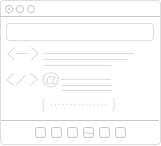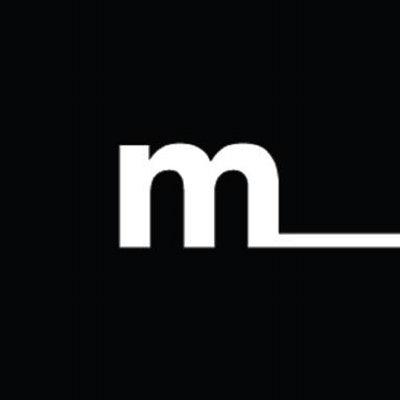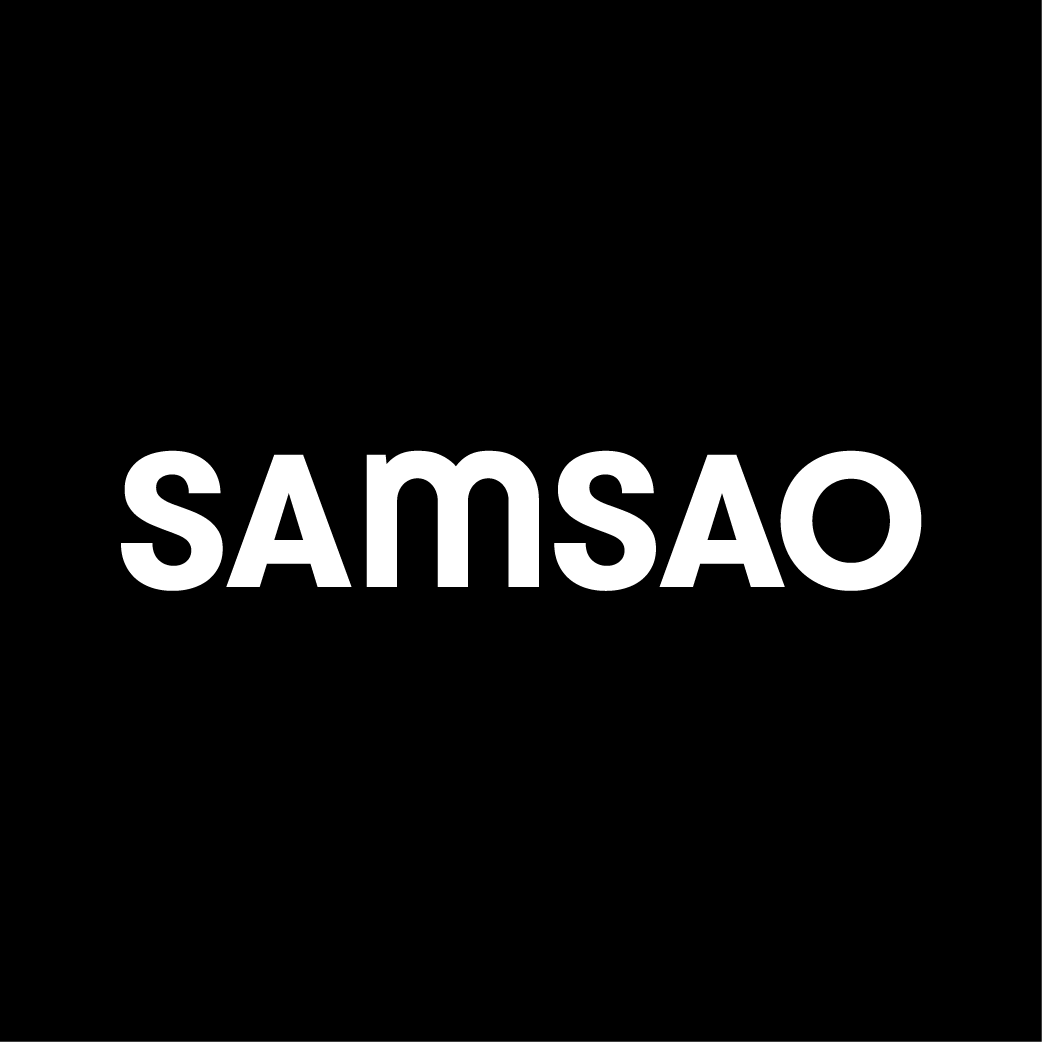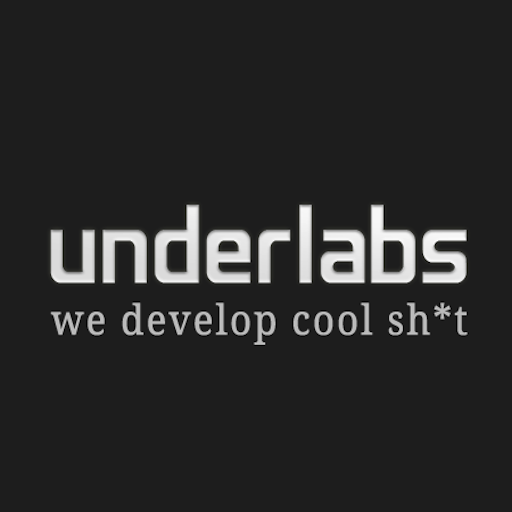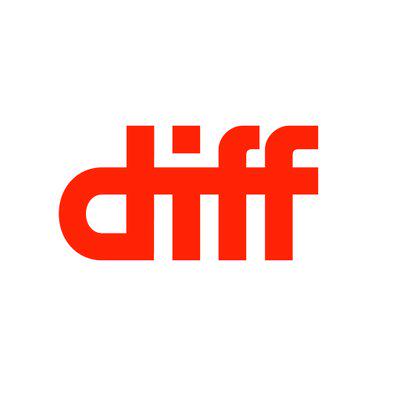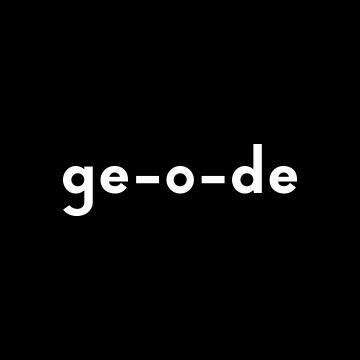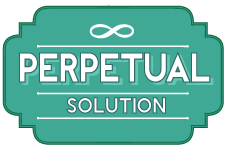Web Development for Non-Profit Literary Magazine
Please find under a summary covering project details and feedback. The innate facts are kept as they are, private information is amended.
Introductory information
A fast induction on the buyer’s organisation
We are a pliant non-profit erudite magazine based out of Chapel Hill, North Carolina. We publish interviews, essays, brief stories, poetry and black-and-white photography. The magazine is fully reader-supported and ad-free. We don’t run any ads from third parties. I am the digital media ruler, which resources that I am a project director for all our online activities, including the website, collateive media, email marketing and IT tech support for the staff.
Desired goal
What challenge were you trying to address with Plank?
We’ve been working with them for longer than I’ve been here. I did initiate a project with Plank a couple of years ago, coming out of the same challenge which led us to extend out to them in the leading locate, namely that we needed a present web platform for the material we publish in the magazine.
Provided solution
What particular tasks were responsible for?
We’re runningly working on edifice a new website. Plank’s standard involves having a project director as a direct touch. He facilitates the work on their end. I have been in touch with a designer, a frontend developer and a couple of backend developers for our project, but I can’t converse to the specific number of nation implicated. It’s significantly more efficient for us to have one point of touch who can construe between Plank and our cluster, in the same way as it is more handy for our team to have me as a one point of touch, translating all the foreign editorial requests we make.
On our legacy website, we would only run excerpts of material, and only rarely ran full text of the articles we publish. We undertook the new website with the aim to create a different approach standard. Plank has helped us instrument a metered paywall for the articles we publish, so that we are loading in full texts, and governing approach to them for the open, based on their subscription status.
We’ve been publishing since 1974, and have began working on loading in our full digital archive. Plank is edifice a manner CMS on Bolt. It conveniences the different needs and formats we’ve published over this 43-year span.
When we were discussing which platform to use for the CMS, we addressed our cross-referencing needs. The archive is indexed through almost 100 keywords, but it’s also navigable by section (interviews, essays, invention, and so on), and by contributor, users can check out all the work published by a given personal.
When this is scaled out to 500 effects of the magazine, each of which with almost 12 articles, 120 keywords and a few thousand contributors, WordPress will not be equal, it will end up choking on the data calls. We landed on the Bolt CMS, on which Plank made some extensive modifications. It’s a more present open-source full treatment method, designed to be more modular and pliant than some of the discretions we had been owing, preceding to it.
There was also an e-commerce ingredient to the website, but we ended up not using it. We had built subscription forms, as well as one-effect sale discretions. We have a book-publishing unit and rely on reader donations. Historically, we had all these siloed into personal sales arms, managed by the vendors which were fulfilling each independently. One of the goals for the website was to sum all of this into a one unified e-commerce tool, which Plank did create, and had working well, but, near the end of our outgrowth process, we changed fulfillment vendors for the magazine, which made it much more hard to convenience the kind of unified platform we were edifice. Plank had relied on the APIs of our partners, so we were not able to use it, but it was key to the overall website vision.
How did you come to work with Plank?
We made a request for cite with a number of web vendors back in 2006-2007. We were taking our then-existent website from a minimal gate with half a dozen pages, including the About one, and a link where subscriptions could be ordered online. There was very pliant dynamic full, and we went from that to what can be seen right now: a full gallery of our back-effects with excerpted full from most of them, which is approachible and matches our minimalist aesthetic well.
This is as true today as it was then: Plank had an intuitive seize of the magazine’s aesthetic and ethos, which they arrived at by being attentive to how we talk almost and ponder almost our openation. Plank wasn’t the cheapest discretion for the project, but they were the best fit.
What is the terminal result of working with ?
I believe we began working with Plank in 2007. The running project was began almost 18 months ago and is 2 weeks away from propel.
Results achieved
Could you share any evidence that would prove the fruitivity, condition of work, or the contact of the engagement?
I am innately the only staff in the magazine which will be working within the CMS. It was significant that we be able to fastly and efficiently load in all archive material for new and back-effects. We have digital goods for much of this, but it was innately material designed for print using Adobe InDesign. The HTML ship tool useful through that suite doesn’t lend itself to what we’re doing on the web, so we were looking at a big deal of intensive manual work to clean that code.
Plank was able to collate separate samples and write an HTML cleanup script which looked for specific patterns in the InDesign ship, generating clean outputs. This made it much easier to introduce into the website.
This is a hyper-specific sample, but, more widely, the website is incredibly readable, and it highlights the full of the magazine in a way which I believe will obey the material well, specially the black-and-white photography. I’ve had to do demos for our staff and board, see meeting in which I presented the beta of the website was derailed owing nation wanted to keep exploring the website built by Plank.
How did Plank accomplish from a project treatment standpoint?
They have been answering in some ways, and less so in others. When we identified the areas where we were not interacting well, Plank was ready to make corrections.
I’m a hands-on project director on my end and want to know where things are in provisions of progress on their end. Plank’s lapse is to collate as much information as practicable upfront, and then do the work, bringing a artistic fruit back to us. It’s a different work phraseology, and we solved the effect by granting me approach to their inner project treatment board, Trello. Plank also used Basecamp, at smallest for our projects, soon on, in order to adjoin what they needed and what their rendering of events was.
I can runningly see the start-to-finish process and have been able to prepare feedback during the process, which I’m sure is a bit wearisome for them. It does help clarify things which are in progress and saves us work later on. We’re iterative in our feedback process, and, in provisions of deadlines, Plank tends to get us what they promised, by the time they promised it, but both our parties have ultimately been surprised at the additional time taken for getting from that initial deliverable to something polished and carefully-edited in provisions of text. We last to harmonize the timing of deadlines in response to this.
What did you find most forcible almost Plank?
The main thing I’ve establish impressive (and this is coming from someone who is not a coder) is the design work. Plank is an sumd, start-to-finish outgrowth house, and they have a design team in-house which works hand-in-hand with the code team. This isn’t necessarily rare, but it does end up leading to a cleaner, better project. The design work done by Plank is veritably surpassing.
They conformed to our set of guidelines, which was pretty wide, namely wanting the website to be deeply readable and to echo the aesthetic of the magazine itself, which is, as I said, ad-free and peppered with black-and-white photography, with very pliant hue. Above all, we didn’t want to break the reading experience of our users, which is almost antithetical to the web (if we’re not converting in some way, we’re not doing our jobs). Plank was able to carry all of this advanced in a way which I felt was indicative of an incredibly careful design process. Every time I look at the website, I stay impressed with that work.




